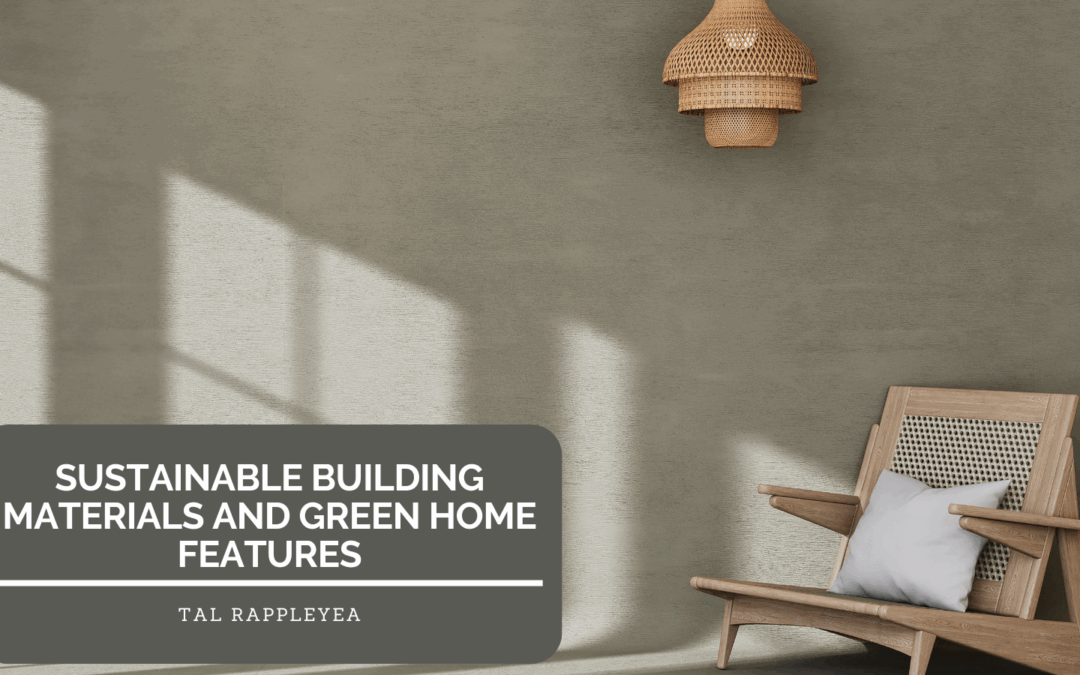The shift toward sustainable construction represents more than just an environmental statement – it’s becoming a crucial factor in property values and operating costs. Understanding sustainable building materials and green features helps homeowners and investors make informed decisions about property improvements and new construction.
Advanced insulation materials lead the way in sustainable building practices. Modern options like recycled denim, sheep’s wool, and aerogel offer superior performance while reducing environmental impact. Proper insulation can reduce energy costs by 15-30% annually, making it one of the most cost-effective green improvements. The initial investment often pays for itself through reduced utility bills within 3-5 years.
Solar integration has evolved beyond traditional roof panels. New technologies like solar shingles and transparent solar glass combine energy generation with aesthetic appeal. Battery storage systems have also improved, making solar power more practical for daily use. While installation costs remain significant, federal and state incentives can reduce initial expenses by 26-30%.
Water conservation features have become increasingly sophisticated. Dual-flush toilets, greywater systems, and smart irrigation controls can reduce water consumption by 30-50%. Rainwater harvesting systems provide free water for landscaping and can be integrated with home systems for non-potable uses. These features are particularly valuable in drought-prone areas where water costs are rising.
Sustainable flooring options now combine durability with environmental responsibility. Bamboo, cork, and reclaimed wood offer attractive alternatives to traditional hardwoods. New composite materials made from recycled content provide durability while diverting waste from landfills. Many of these materials also improve indoor air quality by eliminating common sources of VOCs.
Smart home technology enhances the effectiveness of green features. Automated systems can optimize energy use by adjusting heating, cooling, and lighting based on occupancy and time of day. Integration with weather forecasts allows for proactive adjustments to maintain comfort while minimizing energy consumption.
